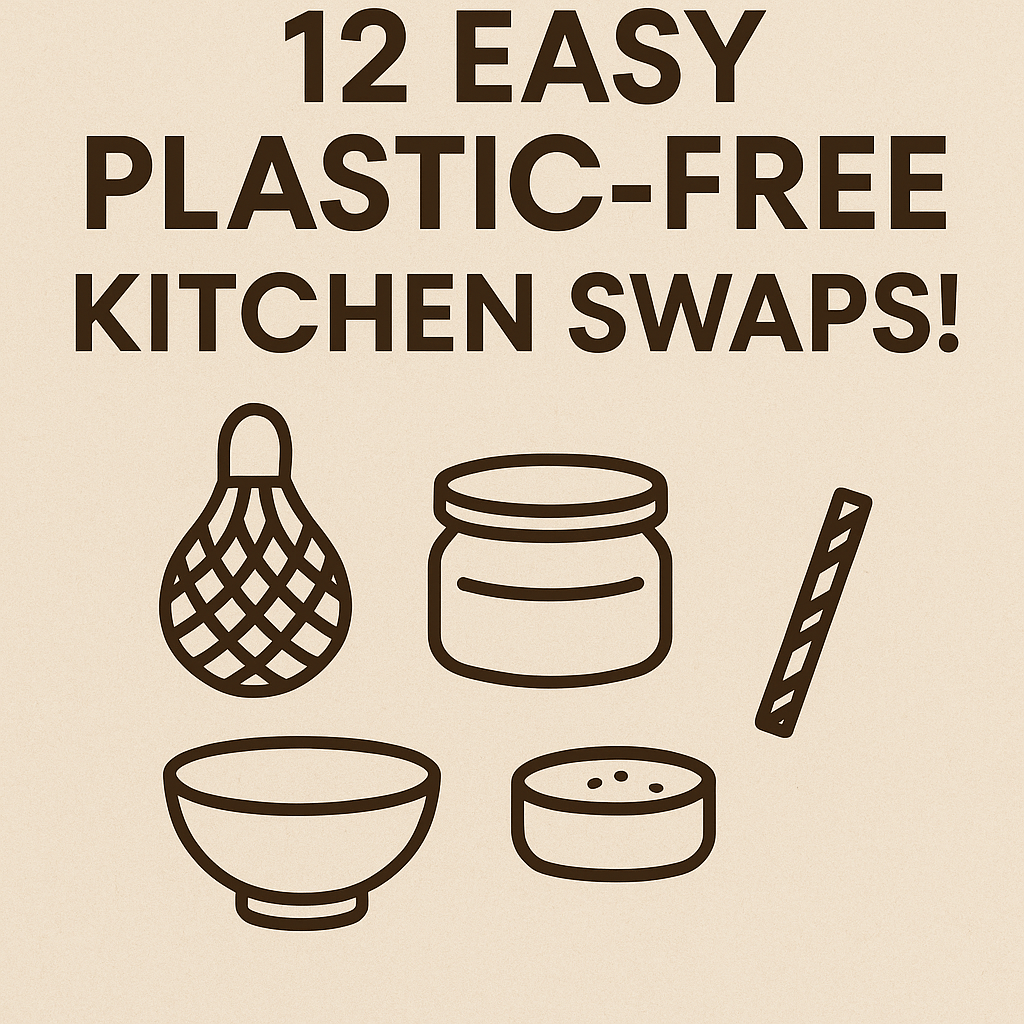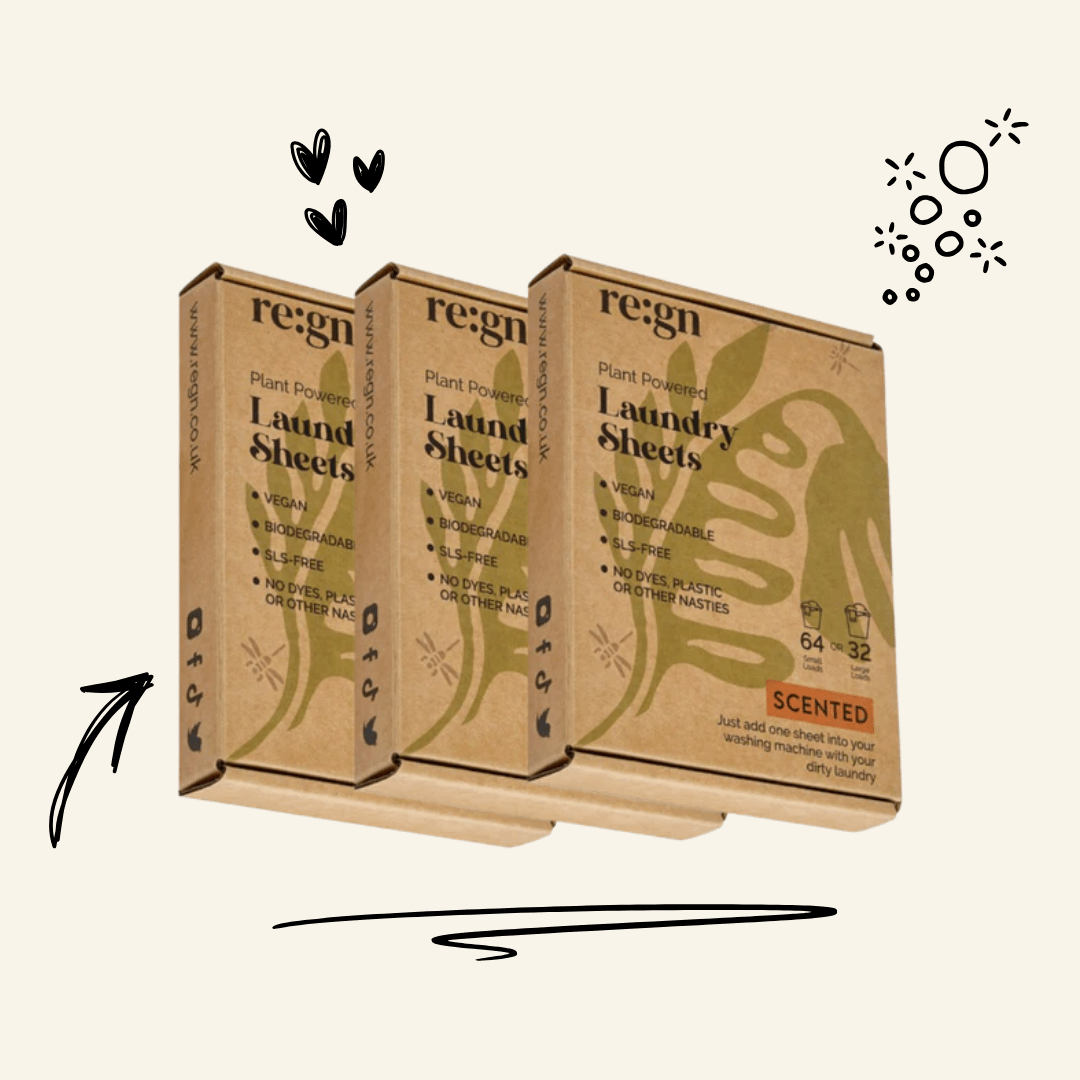Sustainable alternatives to everyday products has become more important. Compostable cling wrap emerges as a potential solution, offering the convenience of traditional plastic wrap without the environmental guilt.
But does it truly decompose as advertised?
What Makes Compostable Cling Wrap Different?
Compostable cling wrap distinguishes itself from conventional plastic wraps by its composition, which typically includes biodegradable materials such as cornstarch or PLA.
Understanding Compostability Standards
Compliance with Compostability Standards
To ascertain the legitimacy of compostable cling wrap claims, it's essential to understand the standards it adheres to. Look for certifications such as the "Compostable" label, indicating compliance with recognised compostability standards like ASTM D6400 or EN 13432.
Compostable Cling Wrap
Myth: Compostable Means Instant Decomposition
Contrary to popular belief, compostable materials don't break down overnight. While compostable cling wrap is designed to decompose within a reasonable timeframe, it still requires optimal composting conditions to facilitate the process effectively.
Environmental Factors
Several variables influence the compostability of cling wrap, including temperature, moisture levels, and microbial activity within the compost pile. Adequate aeration and a balanced carbon-to-nitrogen ratio are also crucial for promoting decomposition.
Assessing Real-Life Compostability Scenarios
Home Composting vs. Industrial Composting
Compostable cling wrap may behave differently depending on the composting environment. While industrial composting facilities offer controlled conditions conducive to rapid decomposition, home composting setups may experience slower breakdown rates due to variable factors.
Addressing Concerns About Contamination
Impact of Contamination on Compostability
Contamination with non-compostable materials poses a significant challenge to the composting process, potentially impeding the breakdown of compostable cling wrap. Proper waste sorting and adherence to composting guidelines are essential to minimise contamination risks.
Evaluating the Effectiveness of Compostable Cling Wrap
Real-Life Performance
Despite its eco-friendly credentials, consumers often question the durability and effectiveness of compostable cling wrap compared to its plastic counterparts. Real-world usage scenarios provide valuable insights into its practicality and performance.
<div class="product-grid-wrapper">[271439757377, asc_alphabet, asc_price, 2]</div>
👉 Looking for a high-quality, truly compostable cling wrap? Shop our certified compostable wrap — durable, effective, and eco-friendly!
Sustainable Alternatives to Compostable Cling Wrap
Exploring Eco-Friendly Options
For those seeking alternatives to compostable cling wrap, various sustainable options exist, including reusable silicone wraps, beeswax wraps, and compostable bags made from alternative materials like cellulose.
FAQs
How long does compostable cling wrap take to decompose?
Compostable cling wrap typically decomposes within 180 days under ideal composting conditions, but actual breakdown times may vary depending on environmental factors.
Can compostable cling wrap be recycled?
While compostable cling wrap is not recyclable through traditional recycling channels, it can be composted alongside organic waste to facilitate decomposition.
Is compostable cling wrap suitable for all types of food storage?
Compostable cling wrap is versatile and suitable for most food storage purposes, including covering bowls, wrapping sandwiches, and preserving fruits and vegetables.
Does compostable cling wrap have any harmful effects on the environment?
Compostable cling wrap is designed to biodegrade without leaving harmful residues, making it a more environmentally friendly option compared to traditional plastic wraps.
Are there any specific disposal instructions for compostable cling wrap?
To ensure proper decomposition, dispose of compostable cling wrap in a composting bin or facility capable of processing biodegradable materials.
Can compostable cling wrap be used in the freezer?
While compostable cling wrap is suitable for refrigeration, it may not provide the same level of performance in freezer settings due to lower temperatures affecting its flexibility and adhesion.
Conclusion
Our compostable wrapping is made from Corn Starch, a certified compostable material adhering to EN13432 & ASTM D6400 standards. Rest assured, it contains absolutely no micro plastics. By understanding its compostability attributes, you can make informed choices to reduce environmental impact while enjoying the convenience of food storage solutions.
Purchase our compostable cling wrap and contribute to a greener, cleaner future.




